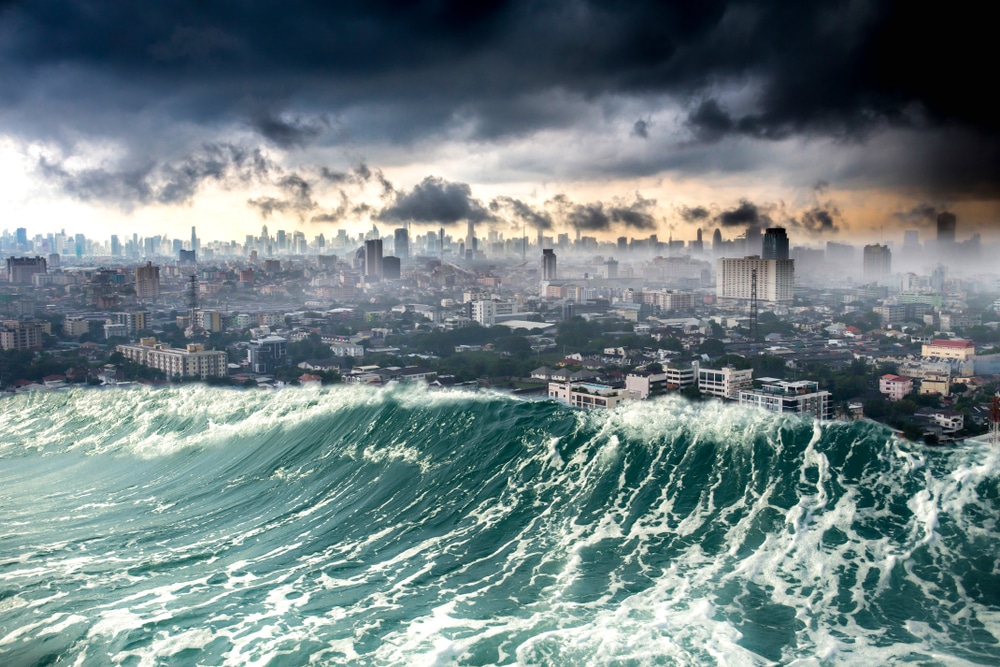Experts are on high alert amid fears a crack at the bottom of the ocean could trigger an apocalyptic earthquake. The hole, just 50 miles off the coast of the US state of Oregon, is spewing hot liquid that scientists warn could spark a magnitude-nine earthquake with the potential to devastate the west coast.
According to TheSun, It is located along a 600-mile fault line that stretches from California to Canada known as the Cascadia Subduction Zone. Although the hole was first spotted in 2015, scientists now warn that the liquid coming out is a so-called “fault lubricant”, which allows tectonic plates to move easily.
Therefore, the more fluid that is in the cracks of the faults, the less pressure there is between the two tectonic plates. Without it, pressure beneath the earth’s crust can grow, leading to an unbelievably powerful quake.
Scientists believe the Cascadia Subduction Zone will be responsible one day for the Big One, an earthquake of such destruction not seen for centuries that could devastate many cities in the western continental United States.
A robotic diver first found the hole eight years ago after methane bubbles were seen rising from the ocean floor. Sonar images revealed the liquid was much warmer than the surrounding seawater.
Co-author Evan Solomon, an oceanography professor at the University of Washington who co-authored a report on the zone, said in a statement: “They explored in that direction and what they saw was not just methane bubbles, but water coming out of the seafloor like a firehose. “That’s something that I’ve never seen and, to my knowledge, has not been observed before.”
He added: “Loss of fluid from the offshore megathrust interface through these strike-slip faults is important because it lowers the fluid pressure between the sediment particles and hence increases the friction between the oceanic and continental plates.”
Comparing the process to an air hockey table, he went on: “If the fluid pressure is high, it’s like the air is turned on, meaning there’s less friction and the two plates can slip. “If the fluid pressure is lower, the two plates will lock – that’s when stress can build up.”
Subduction systems – where one tectonic plate slides over another – have been responsible for some of the deadliest earthquakes in recent years, including the 2011 quake in Japan that killed some 20,000 people. Scientists believe the last powerful quake in the Cascadia zone was in 1700.
















